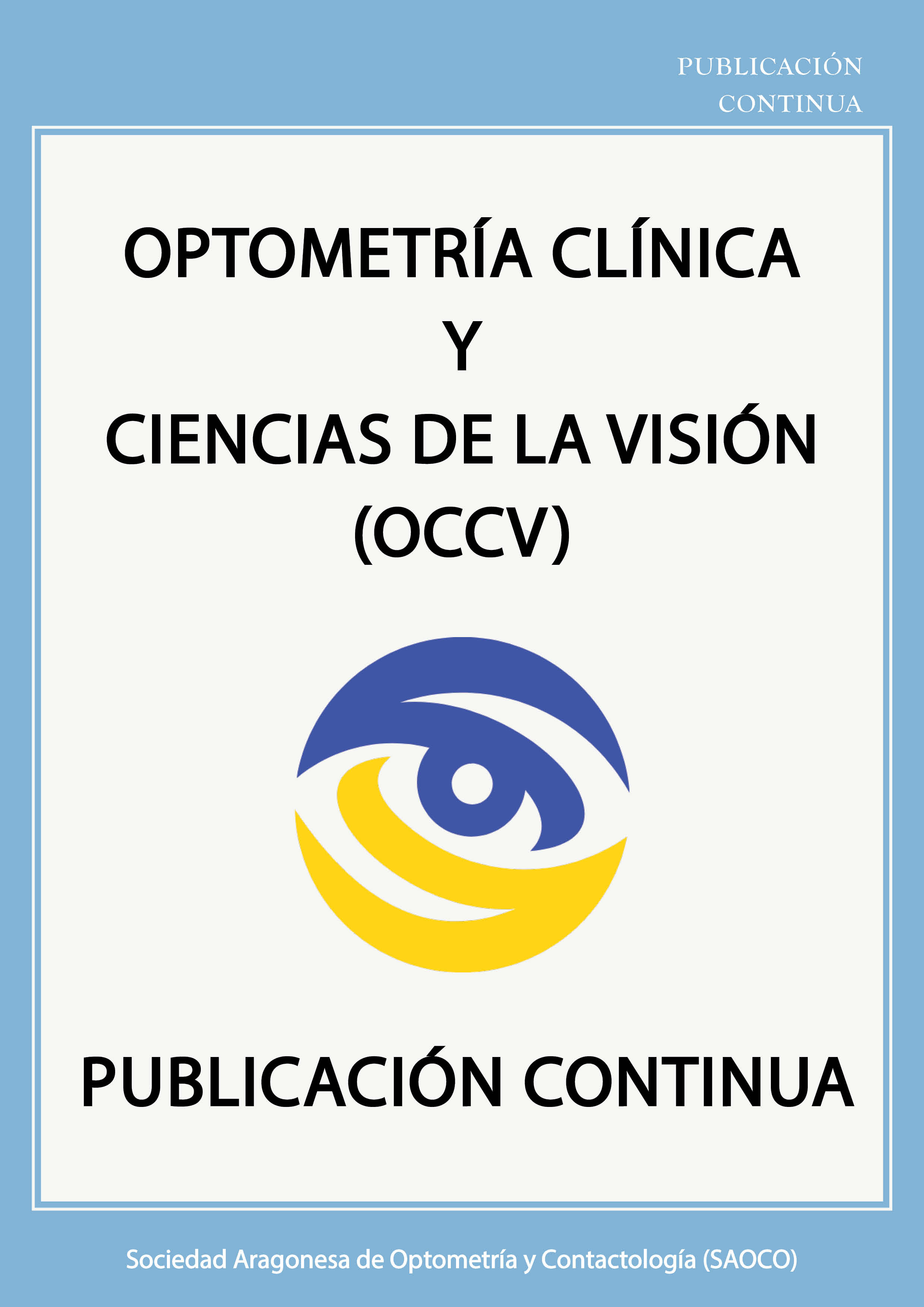Pediatric adaptation of ocular prosthesis in congenital microphthalmia
DOI:
https://doi.org/10.71413/vjc16q68Keywords:
microphthalmia, ocular prosthesis, pediatrics, ocularistAbstract
Relevance: To highlight the role of the ocularist within our profession. This specific case was selected because the patient had not undergone evisceration and is in the pediatric age group, where self-perception plays a crucial role in personal, social, and emotional development.
Purpose: To describe the complete process of measurement and fitting of an ocular prosthesis in a pediatric patient with congenital microphthalmia. Emphasis is placed on the psychological impact within the patient’s immediate environment, including both family and school settings.
Case Report: A 7-year-old patient with unilateral congenital microphthalmia presents for renewal of their ocular prosthesis. The patient was referred by the Pediatric Ophthalmology Department of Miguel Servet Hospital for their first prosthetic fitting before the age of one. Given the continuous growth and development at this stage, the prosthesis must be regularly adjusted to accommodate the expansion of the orbital cavity, requiring close and ongoing monitoring by the ocularist. Following appropriate measurements, the patient is now benefitting from a new appearance that supports their ocular development.
Conclusion: Multiple studies have demonstrated significant improvements in self-confidence and self-image following the fitting of an ocular prosthesis. This is particularly important during childhood, as it is a critical period for identity formation and the development of social skills.
References
Russo M, Palmeri S, Zucconi A, Vagge A, Arioni C, et al. Management of anophthalmia, microphthalmia and coloboma in the newborn, shared care between neonatologist and ophthalmologist: a literature review. Ital J Pediatr. 2025;51:65. DOI: https://doi.org/10.1186/s13052-025-01882-3
Centers for Disease Control and Prevention. Anophthalmia/Microphthalmia | Birth Defects. 2025. [Internet] citado el 29 de abril de 2025.
Goyal S, Tibrewal S, Ratna R, Vanita V. Genetic and environmental factors contributing to anophthalmia and microphthalmia: current understanding and future directions. World J Clin Pediatr. 2025;14(2):101982. DOI: https://doi.org/10.5409/wjcp.v14.i2.101982
Frech S, Schulze Schwering M, Schittkowski MP, Guthoff RF. Clinical congenital anophthalmos and blind microphthalmos—Experiences of patients and their parents after more than 10 years of treatment. Children (Basel).2022;10(1):34. doi:10.3390/children10010034. DOI: https://doi.org/10.3390/children10010034
American society of ocularists - HOME [Internet]. Ocularist.org. [citado el 16 de junio de 2025]. Disponible en: https://ocularist.org
Chaudhry IA, Shamsi FA. Manual of Ocular Prosthetics. Springer; 2012.
Guarnera M, De Simone S, Costa R, et al. Congenital malformations of the eye: A pictorial review and clinico-radiological correlations. J Ophthalmol. 2024;2024:5993083. DOI: https://doi.org/10.1155/2024/5993083
Additional Files
Published
Issue
Section
Categories
License
Copyright (c) 2025 Laura Trivez Valiente, Galadriel Giménez Calvo, Jorge Andrés Navarro, María Ángeles Giménez Gimeno, Ana Castro Manzanares, Marta Sancho Larraz, María Sanz Gómez, José Alejandro Bruñen Campos (Autor/a)

This work is licensed under a Creative Commons Attribution-NonCommercial 4.0 International License.



